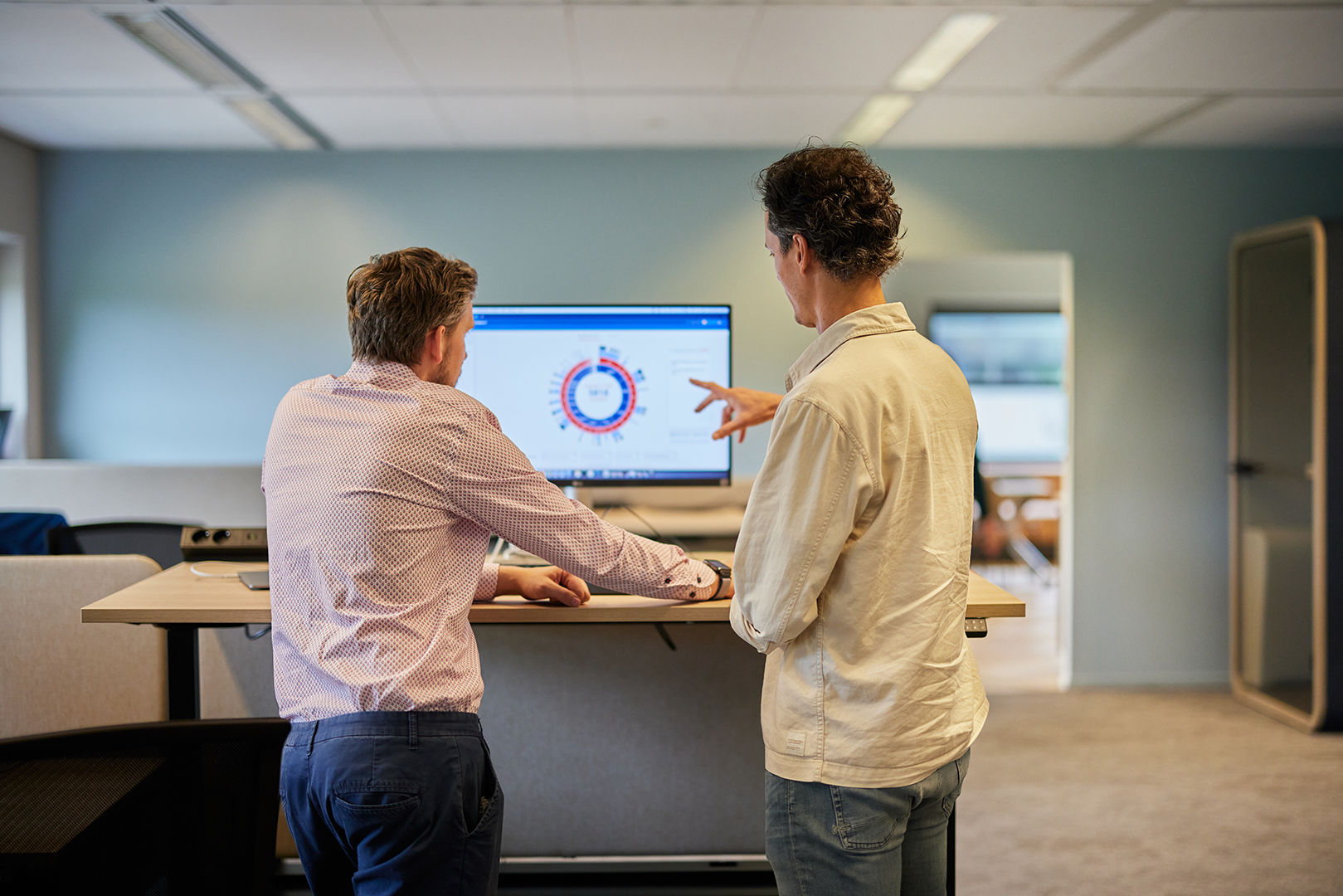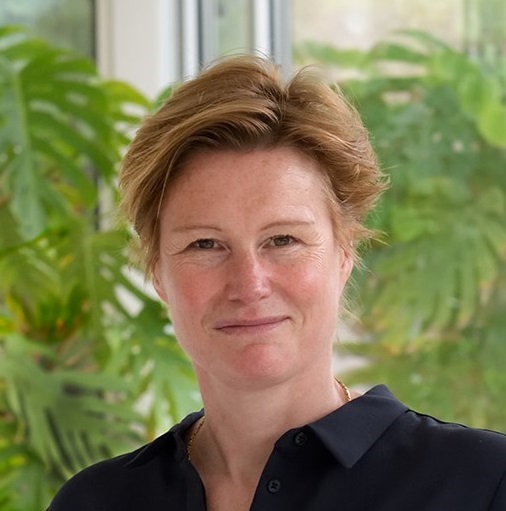
Vignettes
Insights into tumor landscapes
To provide more insights into the data contained in the Hartwig database and the differences between tumor types, we have created so-called vignettes. These (automated) figures offer a graphical overview of the molecular characteristics of various tumors. At the bottom of the page, you will find the complete list where the collection can be viewed and dowloaded.
For example, you can examine the processes that play an important role in the occurrence of DNA errors in different tumor types.

Here are a few examples of processes that cause mutations in three different tumor types. On the left: skin, where UV damage is the primary source of mutations. In the middle: lung, where smoking causes the most harm. On the right: bladder, where damage from APOBEC enzymes (normally an anti viral response that can be deregulated in tumors) is a main contributor.
Genomic landscapes per tissue/tumor type
The vignettes are automatically generated from the Hartwig database, a detailed explanation of what information is included and what the figures mean is described in the appendix. At the bottom of the page you can also find a file with all vignettes in an overview.
Some types of cancer cannot be linked to a specific organ or subtype, such as primary tumor unknown or cancer in young people, these have been analysed separately to support research into these often rarer types. For other tumor types, such as breast cancer, we can recognise (and separately analyse) specific subtypes through research. If you are interested in a specific cancer type or customised vignette please reach out.
Specific tumor type examples
| Carcinoma of Unknown Primary (PTO/CUP) |
| Cancer in young adults (AYA) |
Cancer (sub) types – v2 April 2025
The vignettes are automatically generated from the Hartwig database. A detailed explanation of the included information, cut-offs and the meaning of the figures can be found in the documentation.

By using WGS, we took a step forward in molecular diagnostics in our department from the analysis of less than 100 genes to approximately 20,000 genes per patient. This provides an enormous amount of valuable information, not only for the patient of today, but also for the patient of the future.